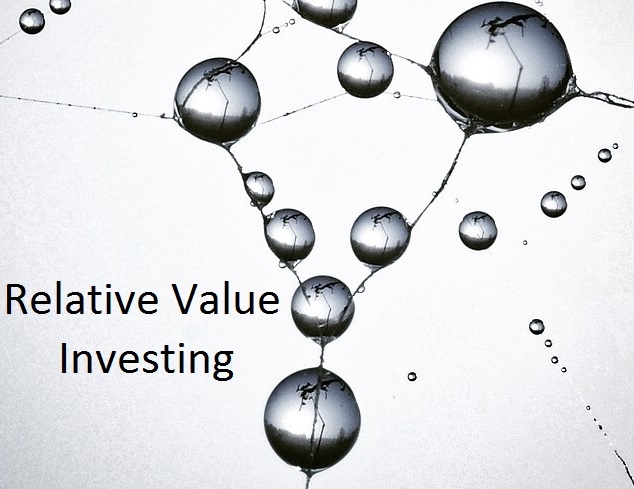One of the benefits of advances in technology is the fact that we’re overflowing with information. This can be a double-edged sword.
“We now have immediate access to all possible facts. Which is almost the same as having none at all.” – Chuck Klosterman
Finance is no different in this regard. In the past, you would have had to pay thousands of dollars a year to multiple outlets to gain access to useful investment research. These days we have free access to nearly endless high-quality research, analysis, opinions and market data. Unfortunately, investors also have to be aware that the open architecture of the web means that we’re also subject to charlatans, biased research, misleading analysis, data mining, correlation without causation and other crimes against market data.
There’s so much information available these days that you need a good filter just to decipher what’s worth reading and what you’re better off ignoring. Here’s a quick and dirty guide for what constitutes high-quality investment research:
...sometimes evidence isn't enough
Understand the data being used. There is no perfect historical market data. Many of the databases contain errors or need context to understand what they’re actually showing. Financial market data before the 1980s or so is incomplete, to say the least. The person or firm presenting the data must understand exactly what they’re working with to look at things in a fair and balanced manner.
Data should be robust. You can show almost any relationship you want if you do enough digging within your dataset. Robust data works across multiple settings and can be updated to be useful in the future.
Data is useless without context. Numbers don’t mean anything if you can’t recognize their possible limitations or the fact that investors don’t always utilise them correctly. When trying to handicap the markets you always have to consider where you could be wrong and why your research could prove to be misguided. Markets are ever-changing so providing an honest assessment is always an intelligent move.
You must see the other side. Far too much research begins with a conclusion and then finds data to back it up without ever considering any alternatives. Useful research should always offer a wide range of outcomes to show where or why the conclusion could be wrong.
Probabilistic thinking. Market research should help investors weigh the benefits of being right with the consequences of being wrong. Thinking in a probabilistic fashion is an intelligent position to take when dealing with an unknowable future.
Just remember the key points in determining research relevance:
- interesting and useful information.
- context around a complex topic.
- a wide range of results in the underlying data.
- a look at the other side of the argument to see where the original research could be misinterpreted or inaccurate.
- investors the option of coming to their own conclusions.
There is plenty of investment research available to investors today. Some of it is biased. Some of it is useful. The most important thing for investors is to understand that it’s your interpretation of the research that’s out there that matters. Two investors can look at the same research piece, chart or table and come to two very different conclusions based on their interpretation of what it means.
Access to high-quality research can help, but how you interpret the fire-hose of information available at your fingertips will have the largest impact on how you apply it to the markets.

